0 comments
Did you know Plastic was invented in 1907? Since then, it has widely been part of our everyday lives for decades, it's hard to imagine a plastic-free life. We use it in and outside of our homes particularly when shopping for groceries
Did you know Plastic was invented in 1907? Since then, it has widely been part of our everyday lives for decades, it's hard to imagine a plastic-free life. We use it in and outside of our homes particularly when shopping for groceries, or at convenience stores and malls. It’s fair to say, that just about everything is wrapped in layers of plastic, stored in plastic containers, or made up of a plastic material. These non-biodegradable, single-used products have made life more convenient and easier in many ways. However, its environmental impact cannot be undermined. It is taking its toll on both land and water. Simply put, it’s hazardous to the environment, our animals, and us, humans. What can we do to be plastic-free? Let’s take a closer look. Plastic on Land According to a research done by David Barnes of the British Antarctic Survey, the surface of our planet has drastically changed due to the accumulation of plastic fragments. Even if there are a lot of efforts to recycle these plastics, only 8% of the total plastics trashed are recycled. Some are buried in landfills but these buried plastics can extract tons of harmful chemicals into the soil that can spread to ground water. Drainage systems on land haven't escaped the problem of plastic accumulation either. A lot of these ditches are clogged with plastic bags that cause harsh and destructive floods. No wonder many shops are electing to go "plastic-free". Plastic in Water You’ve probably seen plastic floating around the sea, or maybe you’ve seen a video on social media showing sea creatures dying because they’ve eaten plastic products or materials. As desensitized as we are by TV and the internet, it’s still confronting and alarming. Currently, there is approximately eight million tons of plastic thrown at the sea every year. This poses a big threat to the flora and fauna living near these water ways. In fact, this non-biodegradable clutter harms more than 600 species of marine life and birds. For example, floating plastic bags might look like a jellyfish to a sea turtle which is enticed to eat it. Unknowingly, the turtle is plagued with pain and could eventually die because plastic cannot be digested. Why do we need to reduce the use of plastic? The drastic environmental effect of plastic is already enough reason for us to worry about our planet. But this is also the chance for us to make small changes to help reduce the plastic waste we produce. So, How? It’s all about the choices we make. Simple changes can have a huge impact:
- Say “no” to straws
- Bringing your own tumbler or cup
- Get a water bottle and don’t buy bottled water
- Use reusable shopping bags
- Avoiding the use of plastic cutlery
- Choose cardboard over plastic
- Switch to e-billing
- Re-use containers
- Use reusable razors instead of disposable ones
- Switching from disposable diapers to cloth diapers
- Shopping in bulk
- Choosing products with re-usable or biodegradable containers like Euca Cleaning Products
These are small things we can do and there’s a whole lot more steps towards a plastic-free life. That’s why we here at EUCA we dedicate time to researching how to produce our own biodegradable packaging. You can rest assured that our “peanuts” used in packaging to safely deliver your products, is designed to decompose in your garden or compost, or can simply dissolve in water and be use in your garden, flowers. or on your plants. Euca packaging is made from fully recyclable materials. And because we want to do our best to help the environment, we also sell our products in bulk. Re-use of recycle your Euca containers, we use ours to store garden tools! Browse Euca’s Eco-Friendly Product Range here.



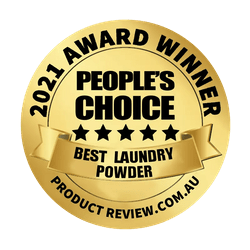
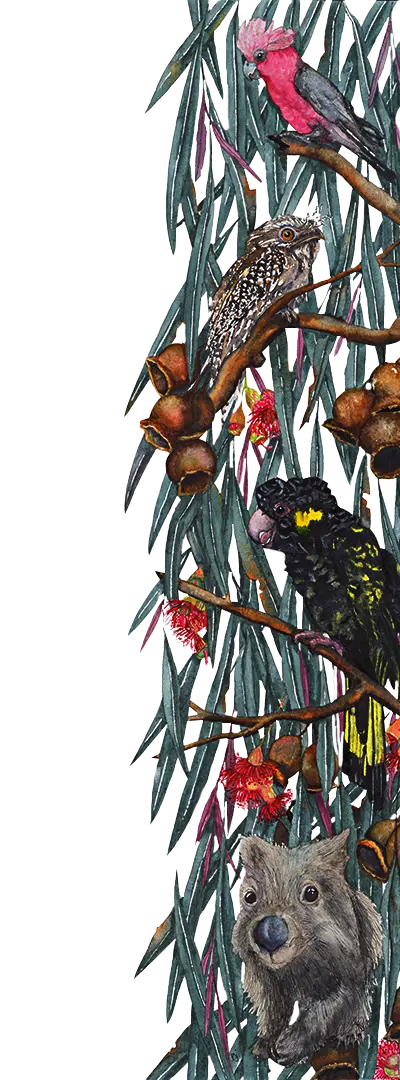






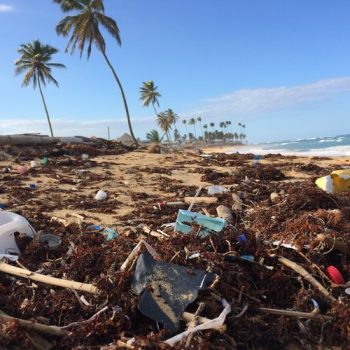
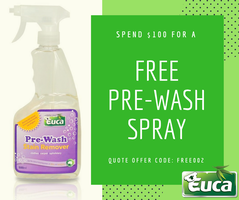

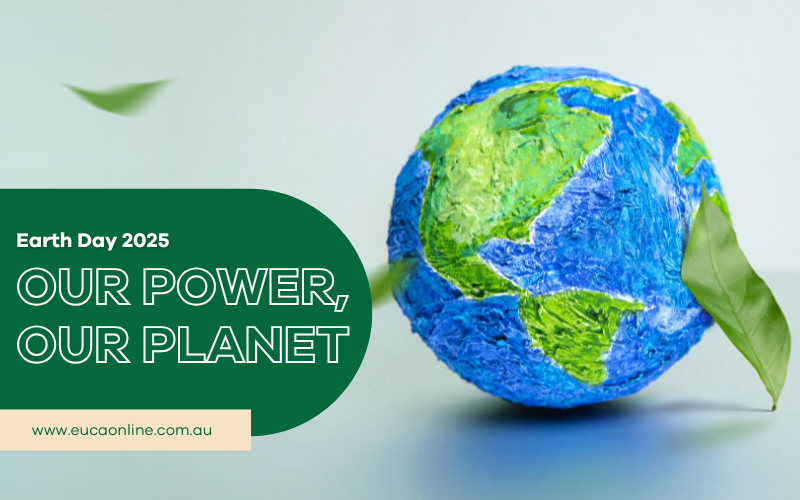
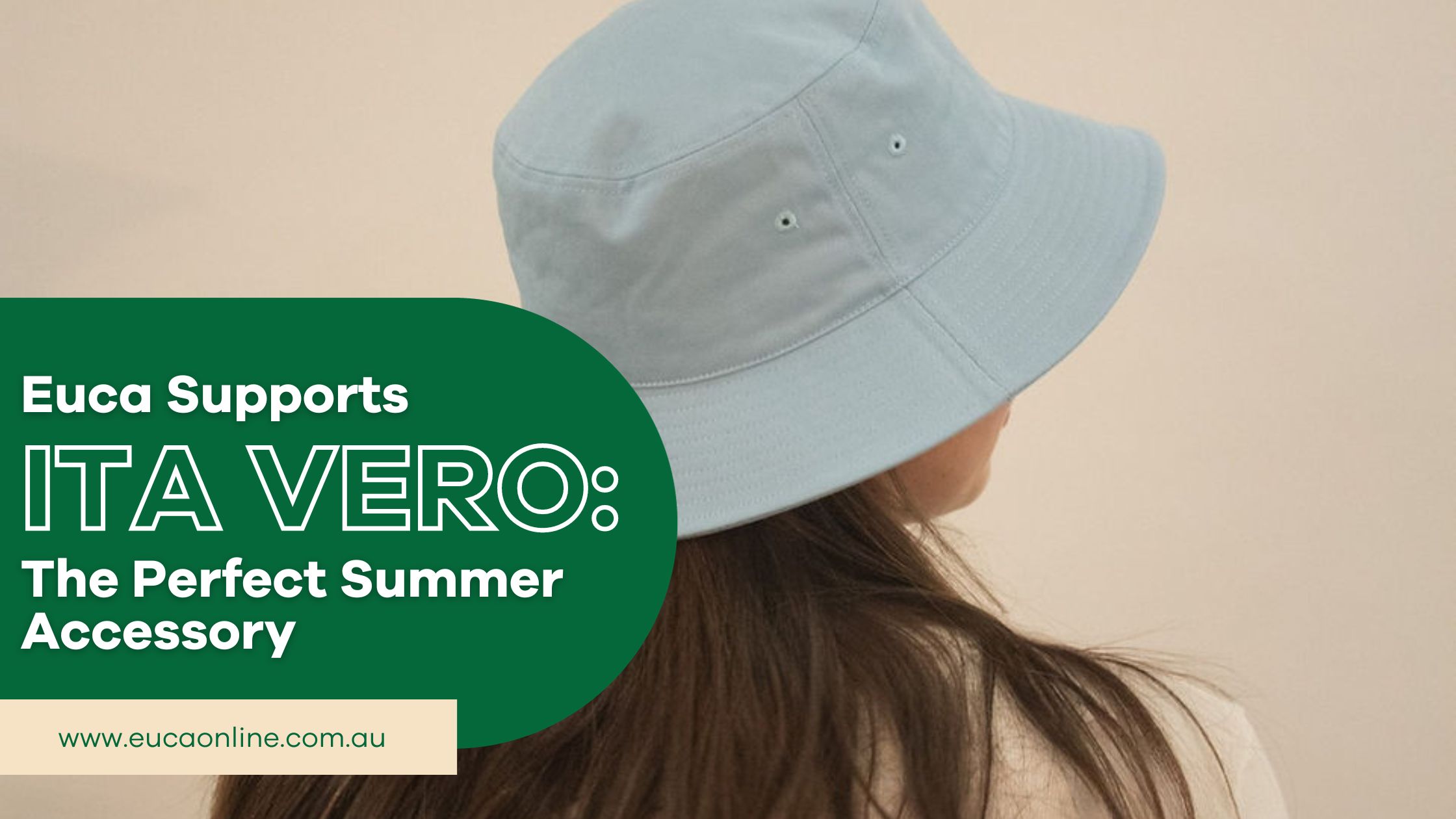
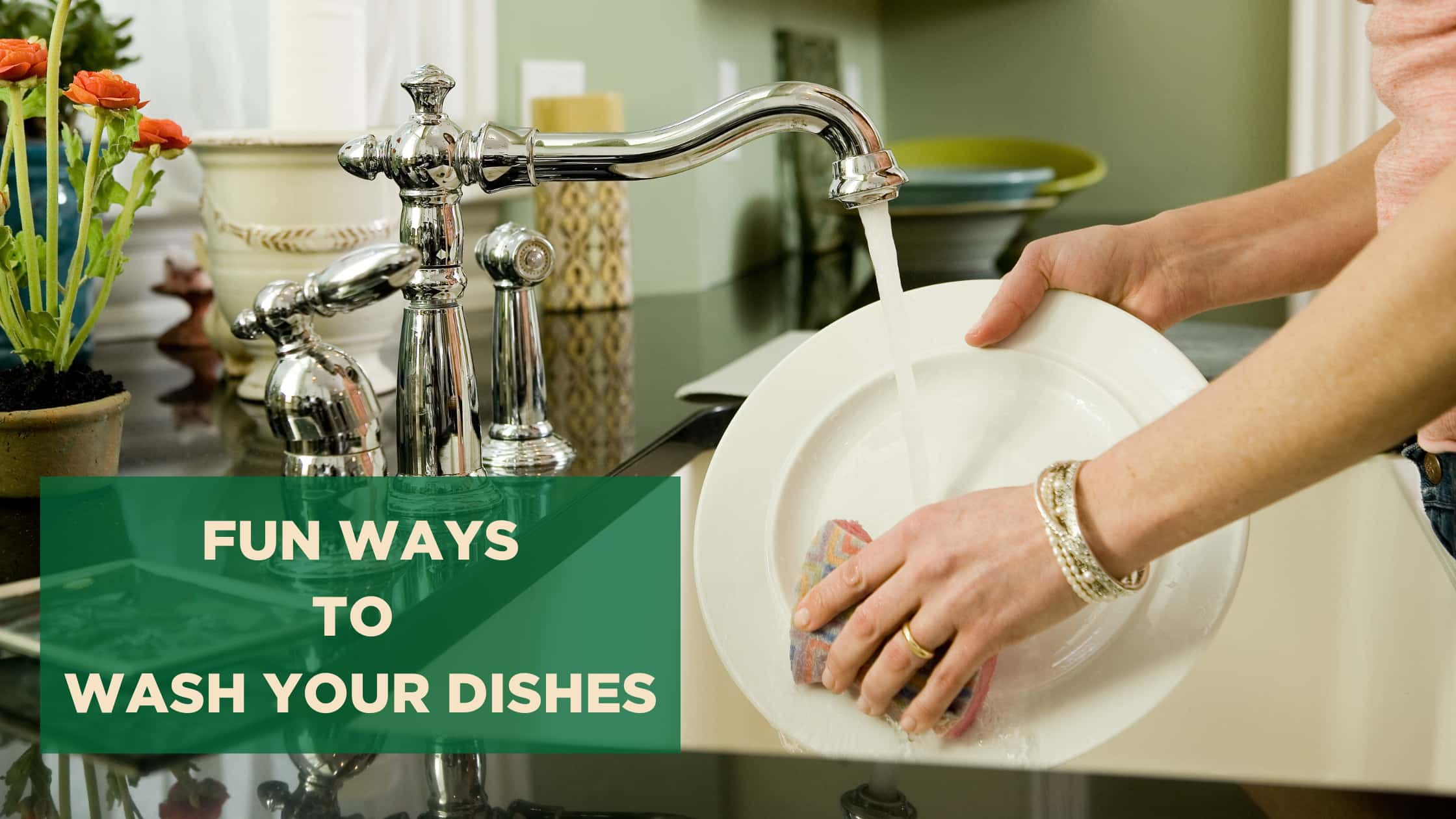
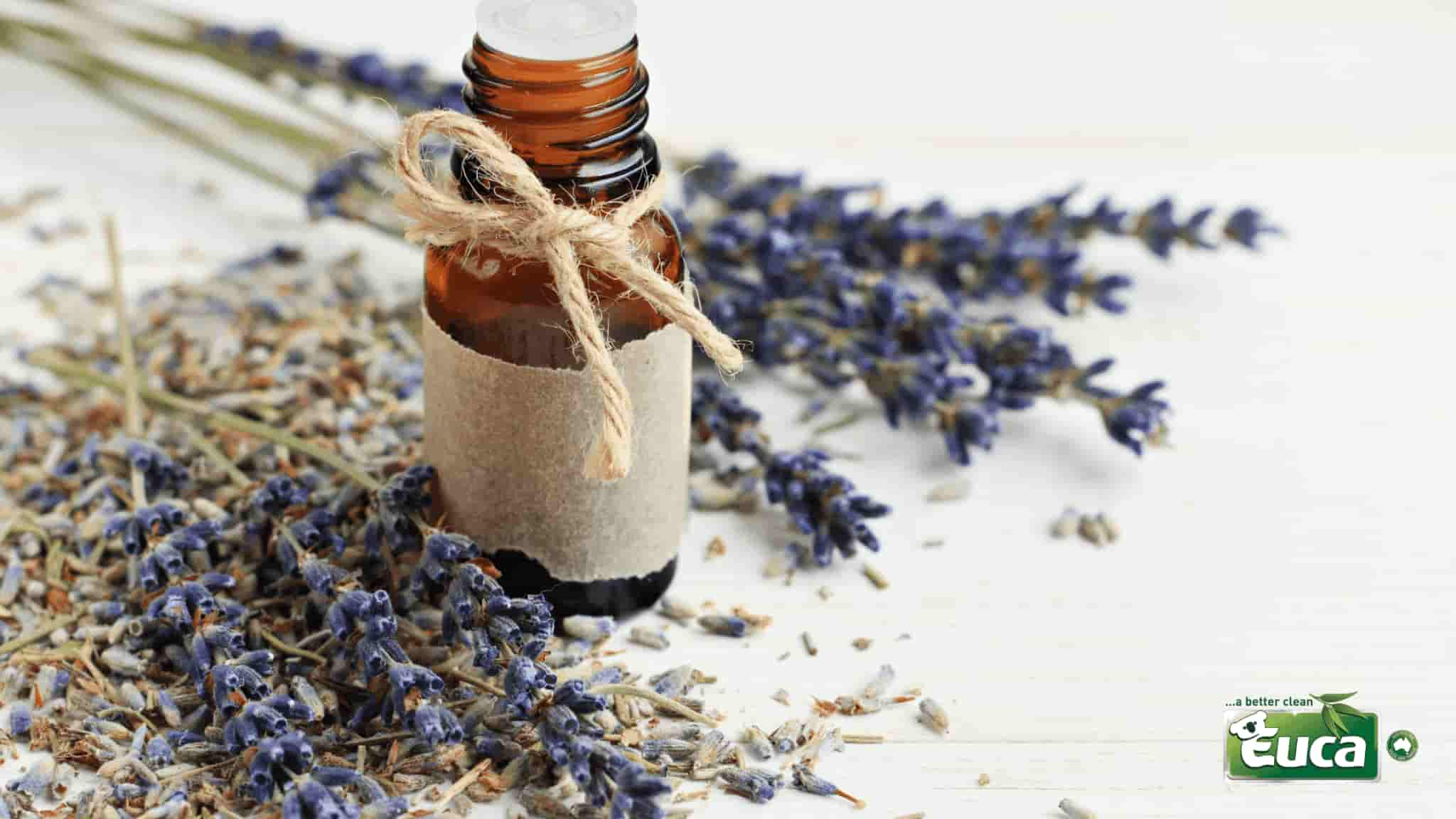
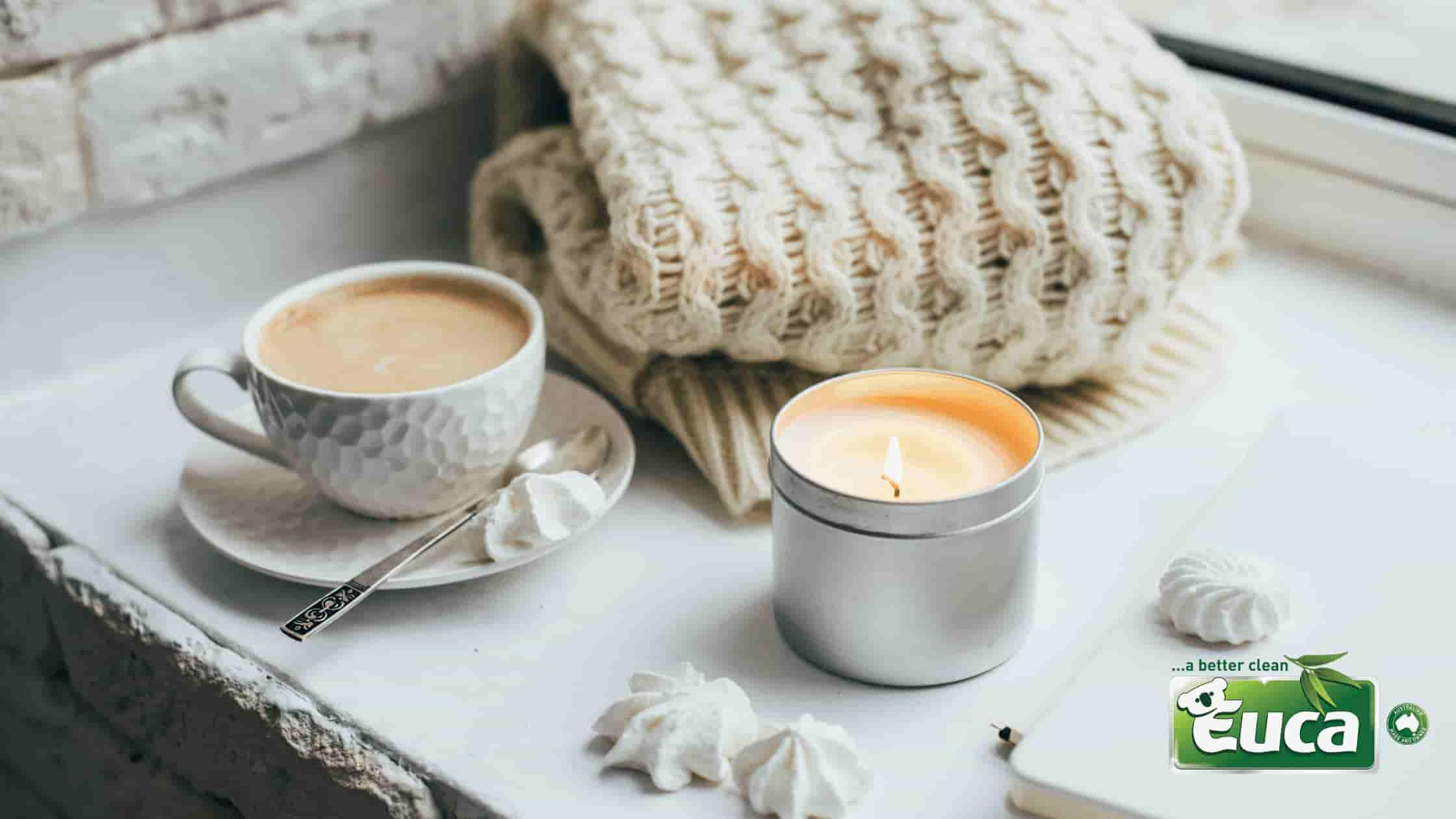
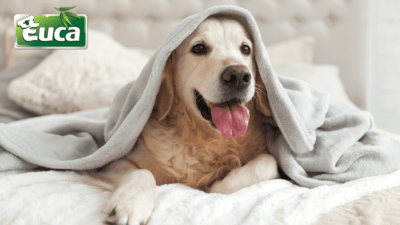














Write a comment